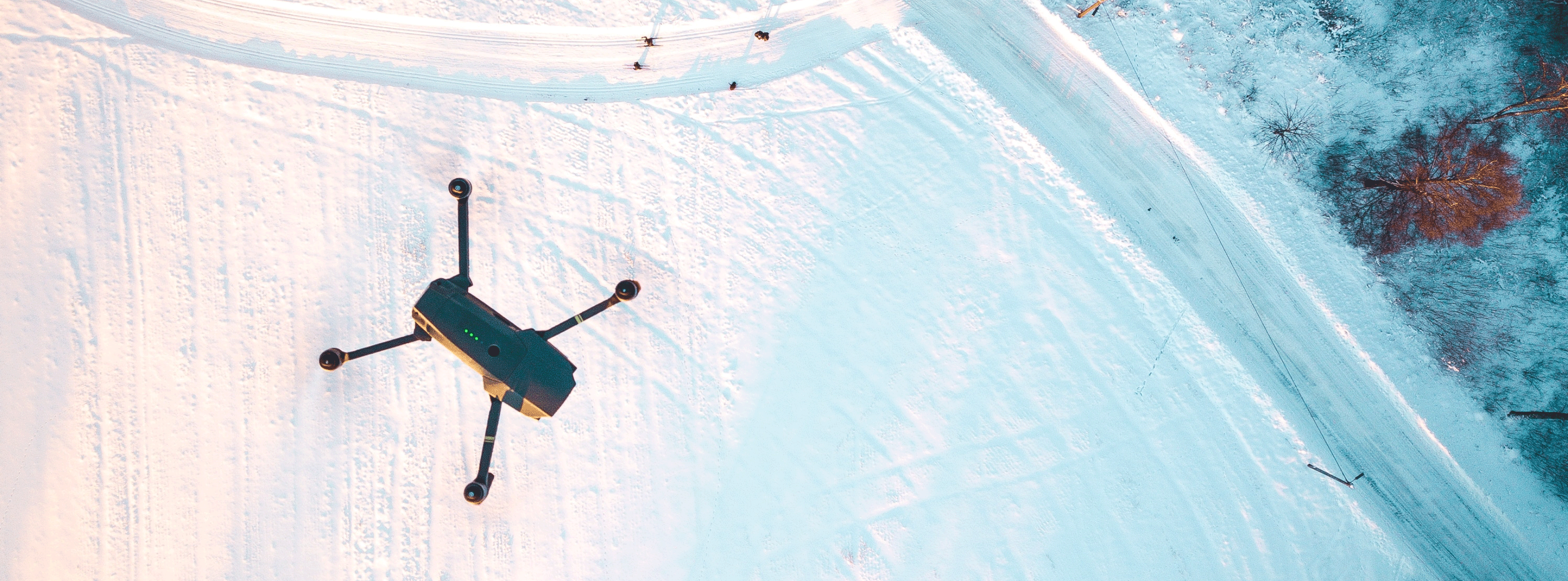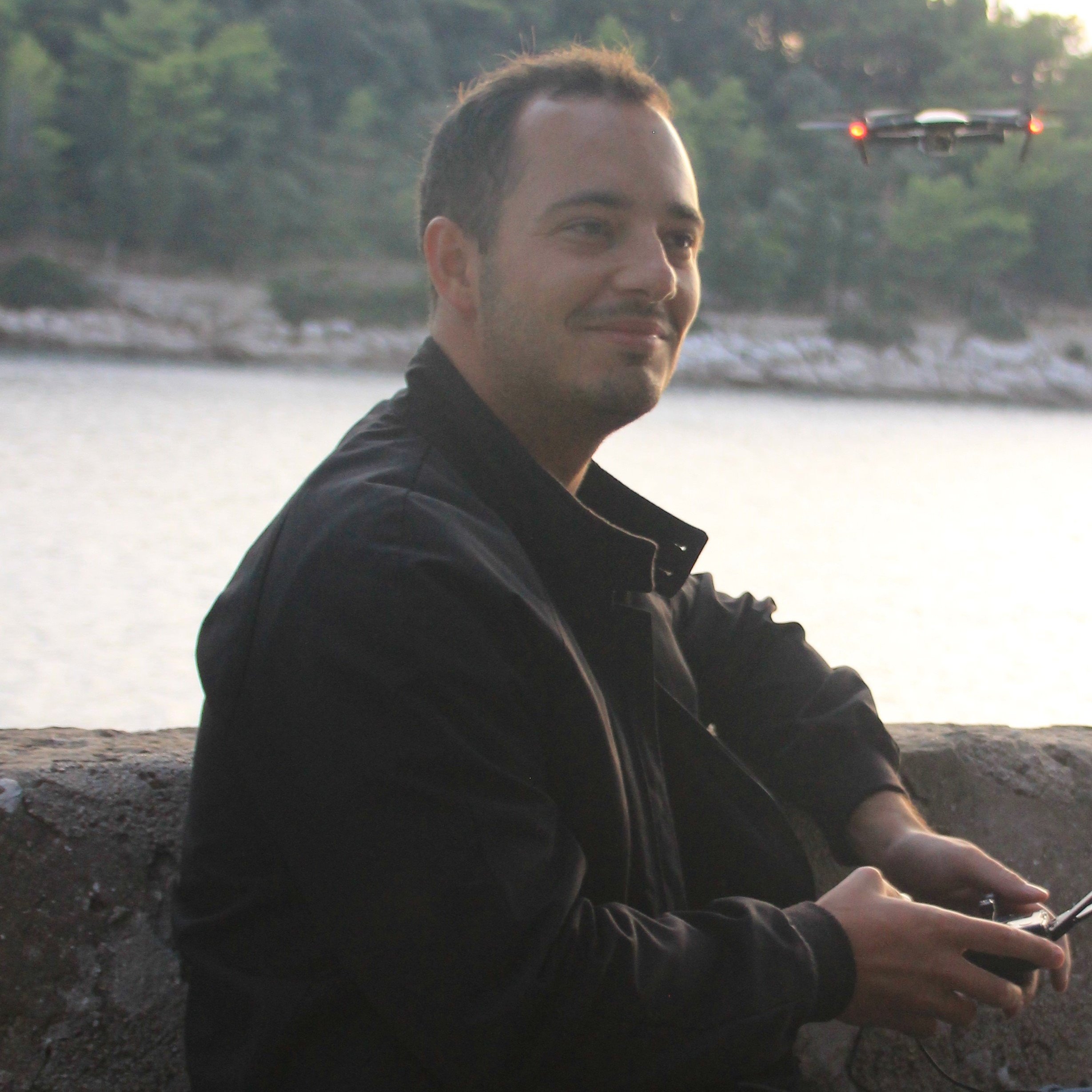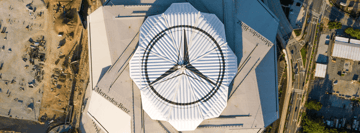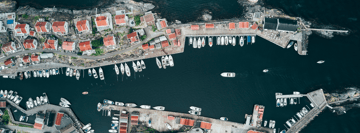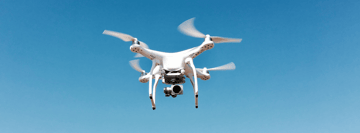We all know by now that drones are incredibly useful. They can gather data quickly and effectively. They can carry out tasks in ways that remove the need to put humans in danger. They are cheaper and more versatile than manned aircraft. And best of all, they are empowering emergency teams and helping to save lives around the world.
More often than not, successful drone applications have to do at least one of the above to get off the ground. When it comes to mountain rescue, drones have every single one of those bases covered.
A Life-saving Perspective
Mountainous environments are often unforgiving, hazardous and difficult to navigate. All of which makes searching for missing people a difficult challenge.
Unless a team on the ground knows exactly where to look, precious time will be spent on an often slow and methodical sweep of a general area. During that time, conditions can deteriorate and injured survivors are increasingly exposed to the elements and at risk.
Unless survivors are fortunate (or smart) enough to be wearing distinctive clothing, spotting them at ground level from a distance is another challenge. Drones offer an aerial perspective that makes it easier to sweep areas and spot people from above. That also provides the ability to rule out certain locations quickly; a factor that can’t be understated.
Search and Rescue teams on the ground can call out, listen and respond to cries for help. But they have to be in the vicinity first; drones can help make that happen.
Rapid Deployment and Mobility
As mentioned above, the unforgiving terrain is a major challenge for any SAR operation in a mountainous area. It’s often the reason that a rescue mission is required in the first place.
Although not as quick or as useful for evacuations as helicopters, drones provide SAR teams with a versatile tool that can be deployed at a moment’s notice for a fraction of the price.
With a few spare batteries and multiple drones, the technology also offers a degree of persistence that you wouldn’t otherwise get with manned aircraft.
When you’re working around the clock in a race against time, being able to commit to searches with aerial support at the touch of a button can make a huge difference.
Supporting and Protecting Ground Teams
SAR teams are made up of brave men and women putting themselves on the line to save the lives of others.
Drone technology offers a tool that SAR teams can use to minimize the risk rescuers face, plotting safe routes through challenging terrain and sometimes removing the need for exploratory searches entirely.
When conditions are hazardous, any time that rescue teams spend rescuing rather than searching is valuable.
From an operational standpoint, drones can provide aerial intelligence that helps rescue teams find missing people faster. But it’s also about preparation. Knowing what’s around the corner and, where possible, what state any survivors are in can help SAR teams arrive on the scene with the right equipment to assist immediately.
Versatile Accessories
As we discussed in a recent post, drone technology is improving and becoming increasingly specialized.
Part of that process is the development of accessories that, when placed in the hands of SAR teams, can speed up searches, direct teams on the ground and improve operational safety.
For example, the new DJI Mavic 2 Enterprise Dual can be flown with a range of situational payloads, including a 2,400 lumens spotlight for search and rescue at night, a strobe beacon designed to make sure the drone is visible, and a 100-decibel loudspeaker to communicate with people on the ground during missions.
But the most useful SAR accessories are arguably the latest generation of portable thermal cameras.
For operations at night, the Mavic 2 Enterprise Dual now offers a side-by-side 4K sensor and FLIR Lepton thermal micro-camera. The XT2, another joint DJI-FLIR undertaking, offers greater image quality and can be flown with DJI’s enterprise range.
Earlier this year the Department of Transport announced new rule proposals that could remove many of the regulatory hurdles preventing first responders from flying at night.
The move could open the way for search and rescue teams to use drones and thermal imaging to help save more lives each year. You can read more about that here.

